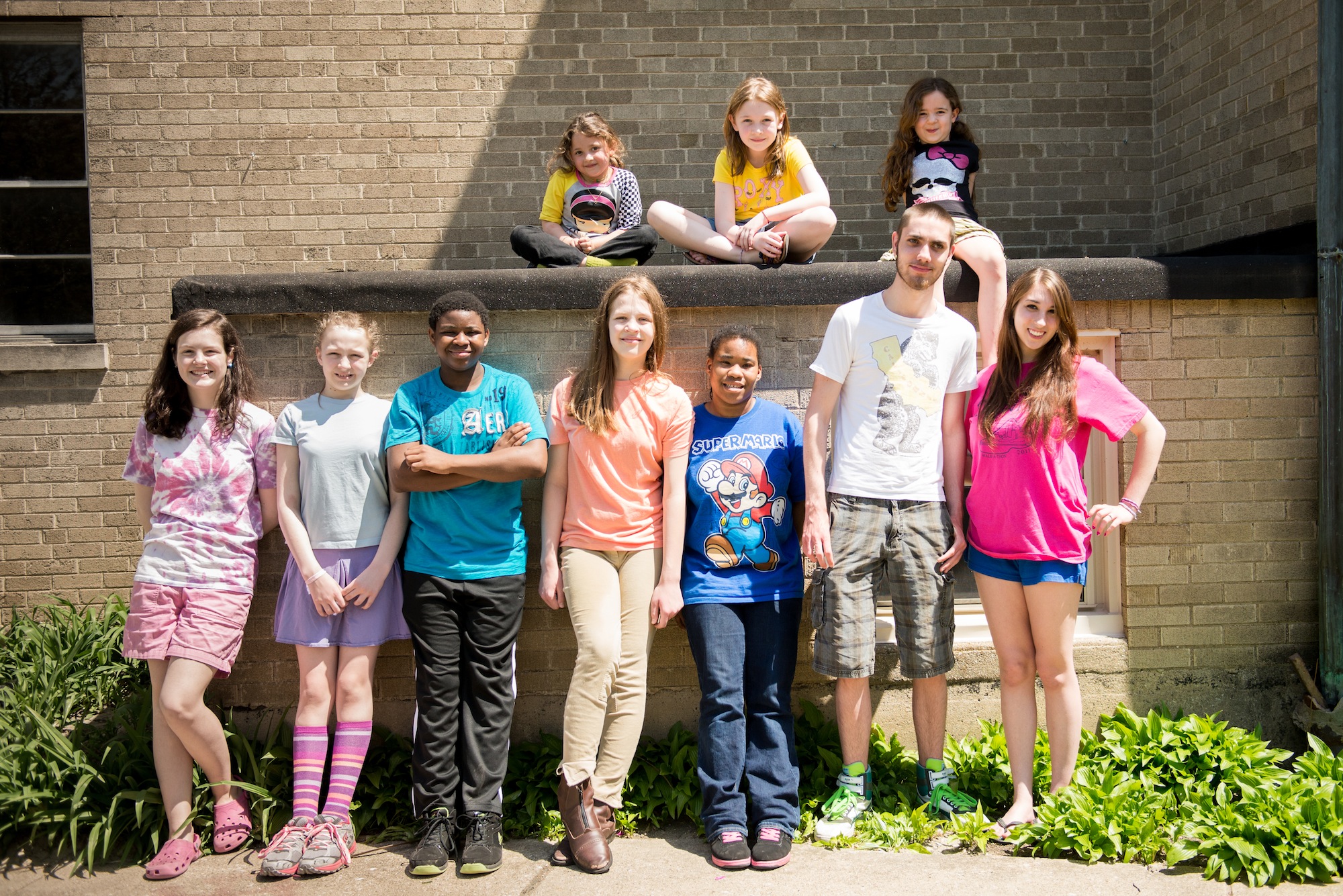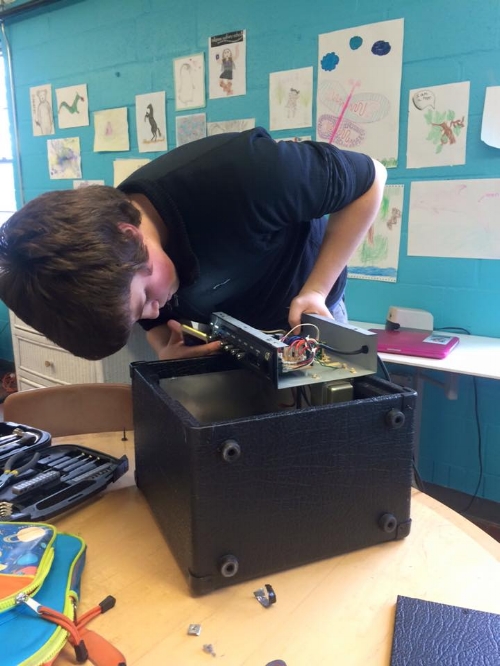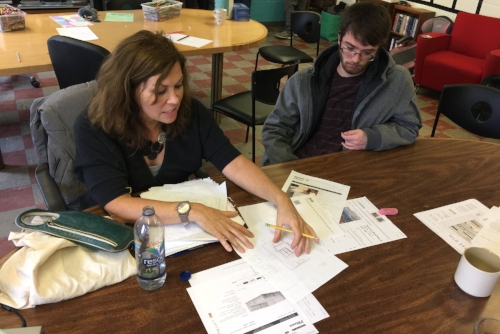This year Tallgrass reached a major milestone: our 10-year anniversary. Thank you for all your support over the years! We are so grateful for our thriving community of almost 30 students aged 5 to 17. As our school grows, we are more determined than ever to make Sudbury education accessible to a broad range of families.
I’m writing to ask you to make a gift to support Tallgrass this Giving Tuesday, so we can continue serving students of all backgrounds. We want Tallgrass’s unique form of education to be available to every family, regardless of their financial situation. We use an income-based sliding scale to determine tuition, and a quarter of our students come from families making under $25,000 per year. This year, for the first time, we were able to give 2 full scholarships, making Tallgrass even more accessible.
Tallgrass does not receive any government money, and is funded 100% by tuition and donations from generous individuals.
I feel so lucky to be a part of this dynamic community. To celebrate our first 10 years, last month we held a reunion party that brought together almost all our graduates along with current and past families and their friends. Tallgrass supporters from Riverside to Japan shared their memories and how the school has had a positive impact on them.
Now, we need your help to continue to make Tallgrass available to a wide range of students. Giving Tuesday is November 27 and is the perfect time to help fund scholarships for low-income students. Tallgrass is a 501(c)(3) nonprofit, and donations are fully tax deductible.
Will you make a gift to help Tallgrass continue to serve families of all incomes? Make a note on the donation form to donate in the name of a student or someone else you love.
Thank you for your continued support of our school and self-directed education!
Sincerely,
Elizabeth Lund
Tallgrass Finance Clerk


















